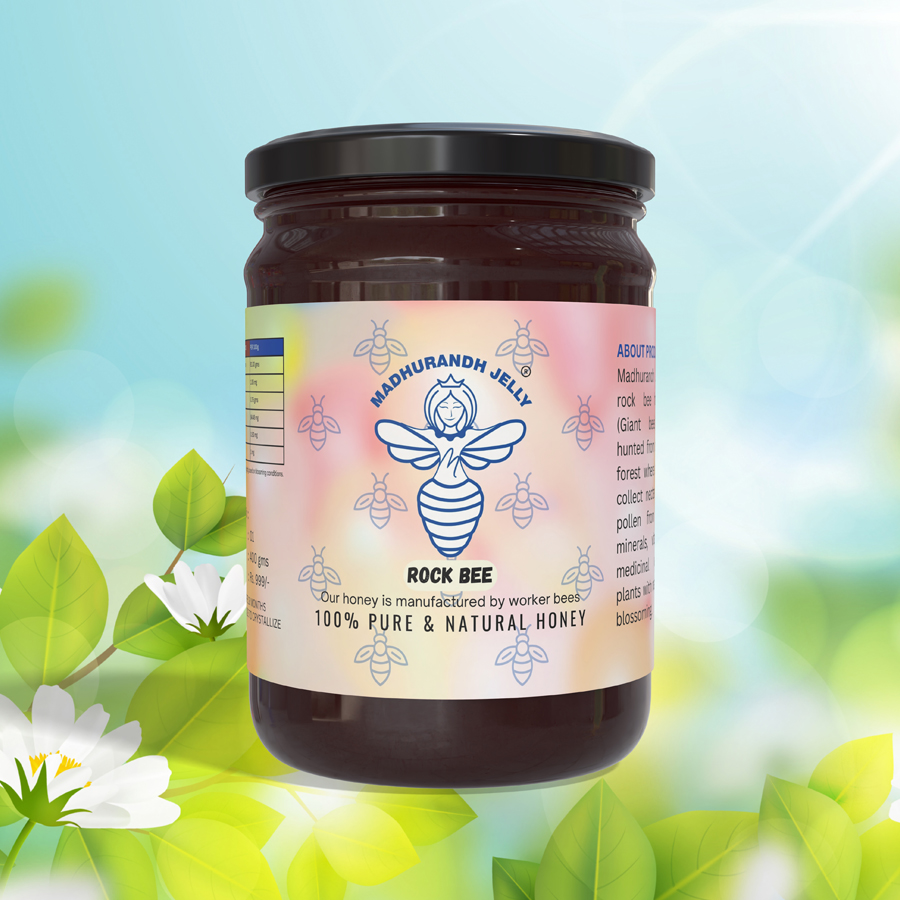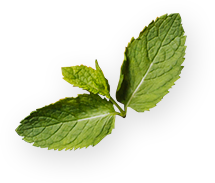Honey

Honey
Hunted Honey: A Tradition of Natural Harvesting and Its Cultural Significance
Hunted honey, also known as wild honey or honey from foraged bee colonies, is a rare and unique form of honey that has been traditionally harvested by indigenous communities, tribal groups, and adventurous honey hunters in various parts of the world. Hunted honey comes from wild bee colonies that often build their hives in hard-to-reach, rugged, and natural environments such as caves, trees, cliffs, and forests. The process of hunting and collecting this honey is a challenging, dangerous, and ancient tradition, making hunted honey a prized commodity with distinct characteristics. This essay explores the origins, methods of harvesting, nutritional value, health benefits, and cultural significance of hunted honey.
Hunted honey is known for its distinct flavor, texture, and color, which differ significantly from that of honey produced by domesticated bees. The flavor of hunted honey is often described as more robust, earthy, and complex, with a pronounced natural sweetness and hints of the various wildflowers and plants that the bees forage from. The color of the honey can range from golden amber to deep brown or even reddish hues, depending on the flora that the bees have accessed.
One of the most notable features of hunted honey is its high nutritional value, hunted honey is typically raw and unprocessed. This means it retains a higher concentration of vitamins, minerals, enzymes, and antioxidants that are naturally present in the nectar and pollen collected by the bees. The richness and complexity of the honey are influenced by the diverse plant life in the area where the bees are foraging, making each batch of hunted honey unique.
Nutritional Value and Health Benefits
Hunted honey is known for its superior nutritional profile, offering a range of health benefits due to its unprocessed nature. Some of the key benefits of hunted honey include:
1. Antioxidants: Hunted honey contains a significant amount of antioxidants, which help protect the body from oxidative stress caused by free radicals. The presence of phenolic compounds, flavonoids, and other antioxidants in hunted honey supports overall health and helps combat conditions like heart disease, inflammation, and cancer. The darker varieties of hunted honey, in particular, are rich in these beneficial compounds.
2. Antibacterial and Antifungal Properties: Like other types of raw honey, hunted honey has natural antibacterial and antifungal properties, making it effective for treating wounds, cuts, and burns. The enzymes in the honey, along with its high sugar content, create an environment that inhibits the growth of harmful bacteria and promotes healing. Hunted honey has been used for centuries in traditional medicine to treat infections and promote skin health.
3. Digestive Health: Hunted honey is often consumed for its digestive benefits. It is known to soothe the stomach lining, relieve indigestion, and promote gut health. Raw honey contains enzymes that can aid in digestion, and it is sometimes used as a mild laxative to help with constipation. It also helps to balance the gut flora, promoting healthy digestion and regular bowel movements.
4. Immune Support: The natural compounds found in hunted honey, such as vitamins, minerals, and antioxidants, help boost the immune system. Regular consumption of hunted honey can support immune function, making the body more resilient to infections and diseases. It is particularly effective in soothing sore throats and alleviating cold symptoms due to its antimicrobial and anti-inflammatory properties.
5. Energy Boost: Due to its natural sugar content, hunted honey provides a quick and sustained source of energy. It can be consumed as a natural sweetener in teas, smoothies, or simply taken on its own to boost energy levels. The combination of glucose and fructose in honey provides a steady release of energy, making it a healthier alternative to processed sugars. Hunted honey is a unique and highly prized product that has been harvested for centuries through traditional methods. Its distinct flavor, rich nutritional profile, and numerous health benefits make it a sought-after commodity in many parts of the world. Beyond its practical uses, hunted honey holds cultural and spiritual significance, representing the deep connection between indigenous communities and the natural environment. As modern interest in raw and natural foods continues to grow, hunted honey remains a testament to the ancient and enduring tradition of sustainable and respectful harvesting of nature's sweetest gifts.

Rock Bee Honey: A Unique and Nutritious Gift from Nature
Rock bee honey, also known as Apis dorsata honey, is a rare and extraordinary variety of honey produced by the rock bee (Apis dorsata), a large species of honeybee that is native to Southeast Asia and parts of South Asia. Rock bee honey is harvested from bees that nest in high, rugged areas like cliffs and trees, making it difficult to obtain but highly valued for its distinct flavor, medicinal properties, and unique characteristics. This essay explores the origins, extraction process, nutritional value, health benefits, and cultural significance of rock bee honey.
The rock bee (Apis dorsata) is known for building large, open-air hives in high, remote locations, often on steep cliffs or tall trees, where they form massive colonies. These bees are migratory, meaning they move seasonally between different habitats, which adds to the rarity and distinctiveness of the honey they produce. The rock bee's open hives make the process of harvesting their honey far more challenging and dangerous.
Harvesting rock bee honey is an ancient and hazardous tradition. Indigenous tribes and beekeepers climb tall trees or cliffs using primitive tools or ropes to collect the honeycombs. The process requires skill, bravery, and experience, as the bees can become highly aggressive when their hives are disturbed. Despite the dangers, rock bee honey has long been regarded as a prized commodity because of its unique taste and health benefits. The honey is often collected by local communities who rely on it as a source of income and a part of their traditional diet.
Distinct Characteristics of Rock Bee Honey
Rock bee honey stands out for its rich, bold flavor and its distinct color, which can range from dark amber to a reddish-brown hue. Its taste is often described as stronger and more complex than that of honey produced by domesticated bees. This unique flavor profile can be attributed to the diverse range of nectar sources the rock bees gather from, including wildflowers, fruits, and plants found in their natural habitats. The honey is often thicker and has a more pronounced, slightly tangy taste.
The composition of rock bee honey also differs from other varieties of honey. It contains a high concentration of beneficial nutrients, including antioxidants, enzymes, vitamins, and minerals. The exact composition can vary depending on the season, location, and the type of flowers the bees visit.
Nutritional Value and Health Benefits
Like other types of honey, rock bee honey is rich in natural sugars, primarily glucose and fructose, which provide a quick source of energy. However, it also contains a variety of other beneficial compounds that contribute to its therapeutic properties. These include:
1. Antioxidants: Rock bee honey contains a high level of antioxidants, particularly phenolic compounds, which help neutralize free radicals in the body. Free radicals are unstable molecules that can damage cells and contribute to chronic diseases, such as cancer and heart disease. The antioxidants in rock bee honey may help reduce oxidative stress, promoting overall health and potentially lowering the risk of several diseases.
2. Antibacterial and Antifungal Properties: Studies have shown that rock bee honey has potent antibacterial and antifungal properties. It has been traditionally used in folk medicine to treat wounds, infections, and skin conditions. The natural enzymes in the honey, along with its low pH and high sugar content, help inhibit the growth of harmful bacteria and fungi, making it an effective natural remedy for various infections.
3. Digestive Health: Rock bee honey is often used as a natural remedy for digestive issues. It is believed to have mild laxative effects, helping to promote regular bowel movements and alleviate constipation. The honey’s soothing properties can also help relieve symptoms of indigestion and acid reflux. 4. Immunity Boosting: Consuming rock bee honey regularly is said to help boost the immune system. The antimicrobial properties of the honey make it an effective agent in fighting off infections, while the antioxidants help support overall immune function. Honey has been used for centuries as a remedy for colds, coughs, and sore throats, and rock bee honey is no exception.
5. Wound Healing: Due to its antibacterial and anti-inflammatory properties, rock bee honey is often applied topically to wounds, burns, and cuts to speed up the healing process. The honey creates a protective barrier that prevents infection and helps maintain moisture, which is essential for wound healing.





